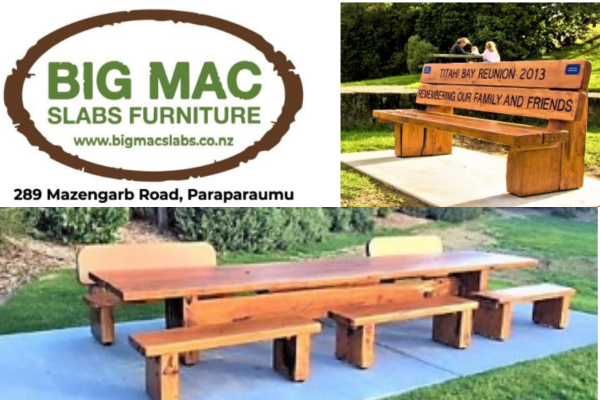
In a remarkable find, Te pua o te Rēinga – New Zealand’s only parasitic flowering plant – has been rediscovered in the Wainuiomata water collection area after being absent from the region for over a century.
Also known as wood rose or Dactylanthus taylorii, the plant was last recorded in the Wellington region in 1914. Its recent discovery was made by a bird specialist working for Greater Wellington, who stumbled upon several clusters while conducting routine surveys in an area closed to the public.
“The plants were found near a bird count station we’ve been monitoring for twenty years,” said David Boone, ecosystems and community manager for Greater Wellington. “Though they’re not in great health, this relic population could be the key to restoring the species in the wild.”
The rediscovered plants mark the southernmost known population of Te pua o te Rēinga. The species, classified as regionally Threatened – Critical, is entirely dependent on native host trees and pollinated primarily by short-tailed bats, whose presence was also recently confirmed nearby along the Pākuratahi River.

Conservationists are hopeful that a new local bat population, recently detected through acoustic monitoring, could support pollination and regeneration efforts.
“This population may have been hidden in plain sight for decades,” said Avi Holzapfel, Department of Conservation operations manager. “We now have a unique chance to protect it with careful pest control and habitat preservation.”
The rediscovery has reignited collaboration between Greater Wellington, the Department of Conservation, Wellington City Council, and representatives from six mana whenua iwi, including Rangitāne o Wairarapa and Ngāti Toa Rangatira. A co-management plan and a living ‘Protection and Recovery Plan’ are now in motion.
“This is a spiritual plant that brings us together,” said Amber Craig of Rangitāne o Wairarapa. “With mātauranga Māori guiding our efforts, we can ensure Te pua o te Rēinga not only survives but thrives.”
The site, part of the largest remaining lowland forest in the lower North Island, is proposed to be included in the Puketahā eco-sanctuary project and is already managed as a Key Native Ecosystem by Greater Wellington.
















































